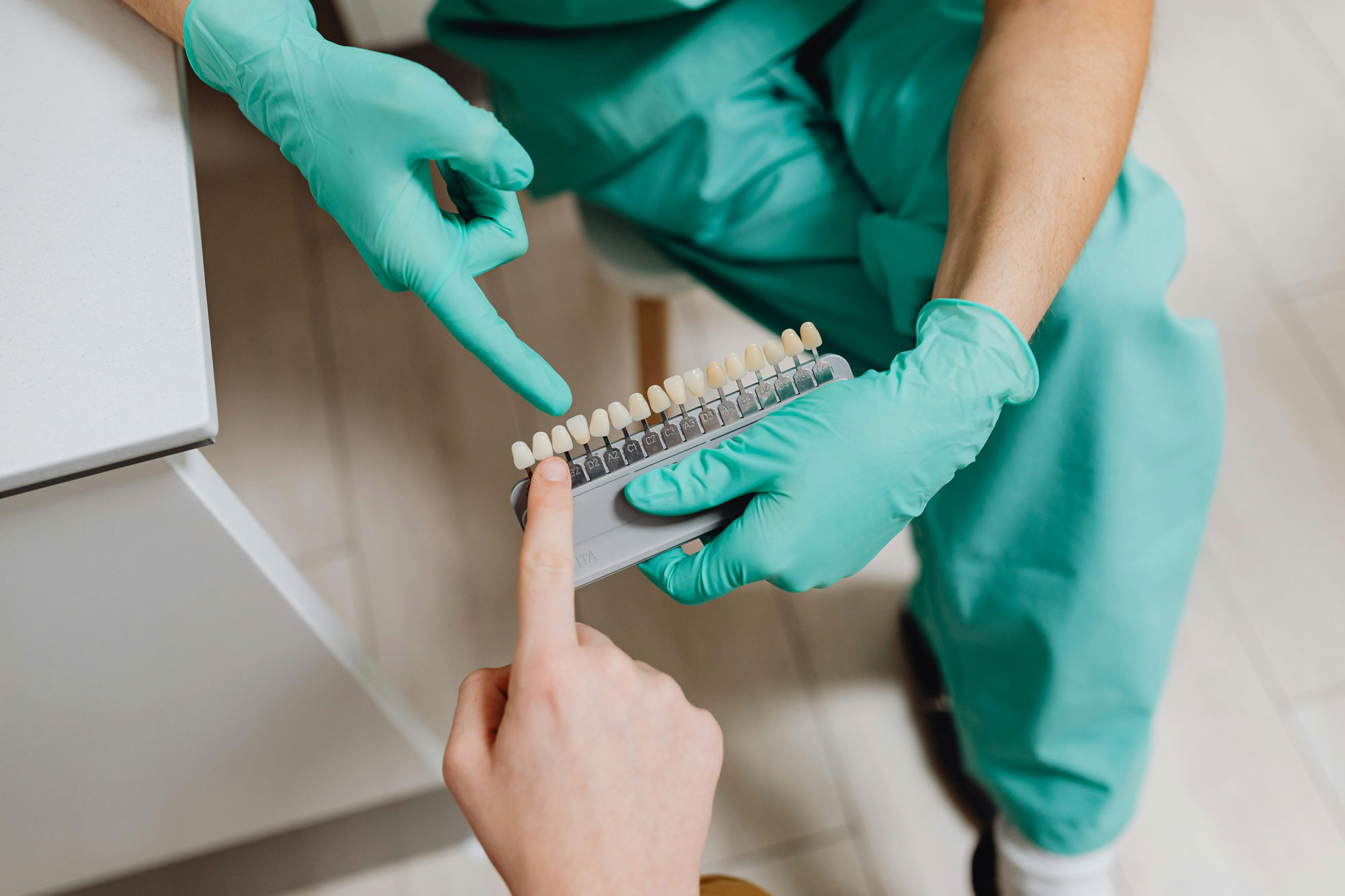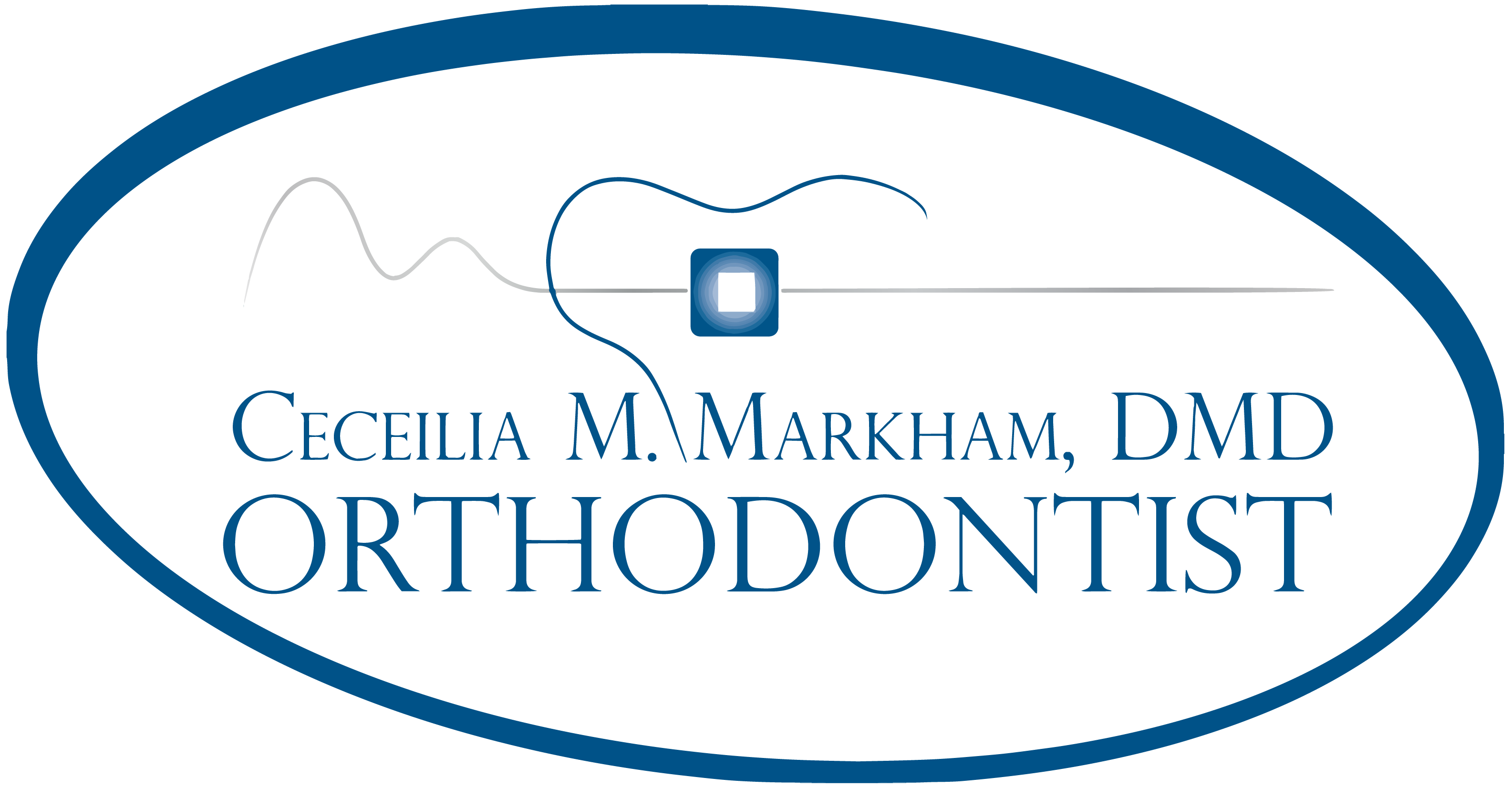Orthodontic treatment involves a variety of appliances and devices aimed at correcting misalignment of the teeth and jaw. One of the lesser-known but highly effective tools used in orthodontics is the Lower Lingual Holding Arch (LLHA). This appliance plays a crucial role in maintaining proper alignment and spacing of the lower teeth during treatment, especially for patients who may experience crowding, tooth movement, or bite issues.
As part of the comprehensive orthodontic treatment provided by Dr. Ceceilia M. Markham in Warrington, PA, the LLHA is used to prevent unwanted tooth movement while allowing for optimal alignment. This article will explore the purpose, design, benefits, and maintenance of the Lower Lingual Holding Arch, shedding light on its vital role in orthodontic care.

What is a Lower Lingual Holding Arch?
The Lower Lingual Holding Arch is a fixed orthodontic appliance used to stabilize the lower teeth and hold them in place while other areas of the mouth undergo correction. The appliance consists of a thin wire that is custom-fitted and placed along the inside (lingual side) of the lower teeth. It is designed to help maintain space between the teeth, preventing the back teeth from shifting and ensuring the alignment of the lower arch during orthodontic treatment.
This appliance is often used in growing patients, particularly those who are in need of space maintenance or those who are undergoing Phase I of treatment to correct alignment or bite issues. The LLHA is typically placed when the molars are not yet fully erupted, allowing for the prevention of crowding as the teeth continue to develop.
Design and Placement of the LLHA
The Lower Lingual Holding Arch is custom-made to fit each patient’s dental anatomy. The process begins with the orthodontist taking precise impressions or digital scans of the patient’s teeth to create a mold. Using this mold, a thin, flexible wire is fabricated that will be fitted along the lingual side of the lower teeth.
The wire is generally shaped to form a gentle curve that runs along the inside of the lower arch, connecting to the molars at the back of the mouth. The wire may have small brackets or bands that anchor it to the molars, ensuring that it stays securely in place during treatment.
The placement of the LLHA is a relatively simple and non-invasive procedure that takes place in the orthodontist’s office. After the appliance is fitted, the patient will need periodic checkups to ensure that it continues to function correctly and provide the necessary support.
Key Functions and Benefits of the Lower Lingual Holding Arch
Space Maintenance
One of the most critical functions of the Lower Lingual Holding Arch is to maintain space between the lower teeth. In many cases, especially in younger patients, the teeth may begin to shift or crowd as they emerge. The LLHA helps prevent this by acting as a space maintainer, keeping the teeth in their correct positions and ensuring that the dental arch has room to develop properly.
Preventing Relapse
After certain orthodontic procedures, such as the extraction of baby teeth or permanent teeth, there is often a risk of relapse, where the teeth begin to shift back into their previous positions. The Lower Lingual Holding Arch helps prevent this by stabilizing the lower arch, which is especially important after the removal of teeth or other major orthodontic procedures.
Allowing for Tooth Movement in the Upper Arch
In many cases, orthodontic treatment targets the upper arch to correct bite issues or align the teeth. The LLHA helps by holding the lower teeth in place, while the orthodontist works on aligning the upper teeth. This coordination between the upper and lower arches helps ensure that both work in harmony, improving the overall outcome of treatment.
Correcting Bite Issues
The Lower Lingual Holding Arch can also be an essential part of correcting bite issues. Maintaining the position of the lower molars helps ensure that the bite remains stable and that the teeth continue to grow in alignment. This is particularly beneficial in cases where bite problems, such as overbites or underbites, are present.
Non-Visible and Comfortable
One of the standout benefits of the LLHA is that it is a fixed appliance that remains hidden from view. Because it is placed along the inside of the teeth, patients can go about their daily lives without worrying about the aesthetic concerns that might arise with other types of orthodontic appliances, such as traditional braces or retainers. Additionally, the LLHA is relatively comfortable and does not interfere significantly with speaking or eating once the patient becomes accustomed to it.
Who Can Benefit from a Lower Lingual Holding Arch?
The Lower Lingual Holding Arch is particularly useful for certain types of orthodontic cases. Here are some common scenarios in which the LLHA may be recommended:
- Growing children or adolescents: The appliance is commonly used in growing patients, where it can help maintain space as the permanent teeth erupt.
- Patients with missing teeth: For patients who have lost teeth prematurely (due to decay, injury, or other reasons), the LLHA can hold the remaining teeth in place until further restorative treatment can be performed.
- Early treatment cases: The LLHA may be used in Phase I orthodontic treatment to correct crowding or malocclusion before moving on to more extensive procedures.
- Patients undergoing comprehensive orthodontic treatment: The LLHA can be used in combination with other appliances to ensure that the lower arch remains stable during treatment.
Considerations and Limitations
While the Lower Lingual Holding Arch is a highly effective tool, there are some considerations to keep in mind:
- Adjustment Period: As with any orthodontic appliance, there may be an adjustment period. Some patients may experience mild discomfort or irritation to the inside of the mouth, particularly in the first few days or weeks of wear. However, this usually resolves as the patient adjusts to the appliance.
- Regular Checkups: The LLHA requires regular monitoring by the orthodontist to ensure that it is working as intended. Adjustments may be needed over time to account for changes in the patient’s teeth and mouth.
- Oral Hygiene: Proper oral hygiene is crucial when wearing a fixed appliance like the LLHA. Patients will need to take extra care in brushing and flossing around the appliance to avoid plaque buildup and ensure optimal oral health.
Maintenance and Care of the Lower Lingual Holding Arch
The Lower Lingual Holding Arch requires minimal maintenance, but patients should follow a few essential care guidelines to ensure its longevity and effectiveness:
- Oral Hygiene: It is important to brush and floss regularly to keep the teeth and appliances clean. Special care should be taken to clean around the wires and brackets to avoid plaque buildup.
- Avoid Hard Foods: Hard or sticky foods can damage the appliance, so it is best to avoid items like chewing gum, hard candies, or ice.
- Regular Checkups: The LLHA should be checked regularly by the orthodontist during follow-up appointments. These checkups allow the orthodontist to ensure that the appliance is functioning as it should and make any necessary adjustments.
Conclusion
The Lower Lingual Holding Arch is an invaluable orthodontic appliance that plays a vital role in stabilizing the lower arch of the mouth during orthodontic treatment. Whether used to maintain space, prevent relapse, or correct bite issues, the LLHA is a versatile and effective tool for achieving a healthy, properly aligned smile.
Dr. Ceceilia M. Markham’s orthodontic practice in Warrington, PA, offers personalized care with advanced orthodontic appliances like the LLHA, helping patients achieve lasting results with comfort and confidence.
If you are considering orthodontic treatment, consult with Dr. Markham to see if the Lower Lingual Holding Arch is the right choice for your needs and to learn how it can contribute to a successful orthodontic journey.
Visit Our Office
Office Hours
- MON9:45 am - 5:30 pm
- TUE9:00 am - 5:00 pm
- WED9:45 am - 6:15 pm
- THUBy appointments only
- FRI9:45 am - 5:00 pm
- SAT8:45 am - 1:00 pm
- SUNClosed
